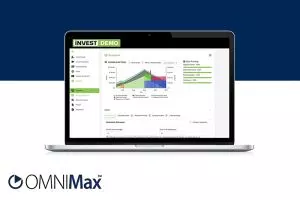International Shares
Last year international shares had their best rise since 1999. The S&P 500 rose 26%, the NASDAQ soared 50% while the Nikkei and the German DAX were up 24% and 37% respectively. However, it was not all plain sailing. Investors had to initially contend with a rise in risk aversion and a steady fall in equity prices prior to March (when the war in Iraq began). But t...








